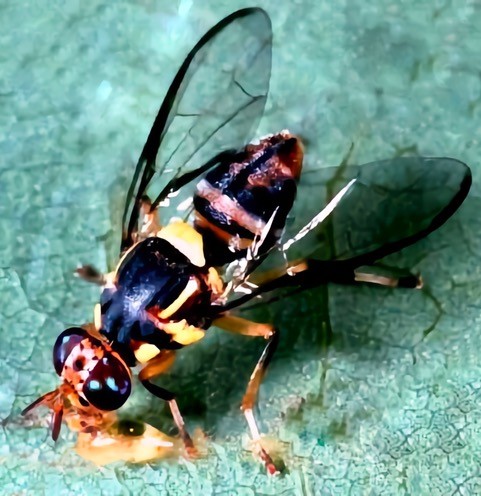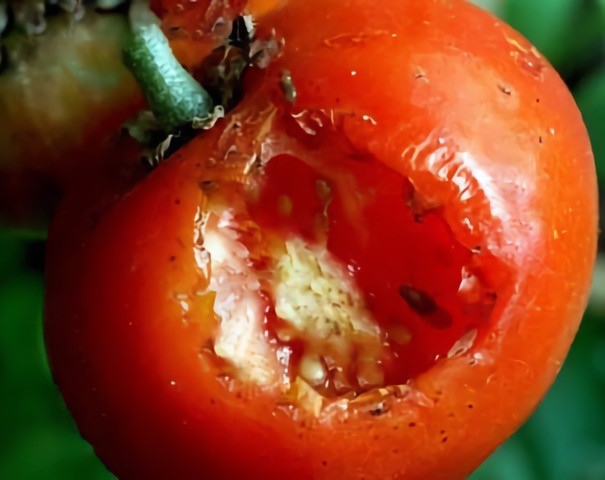March 13th, 2021Glen, about the house
Shoo fly!
I was rather disturbed to recently read that Queensland fruit fly, the world’s worst fruit pest, still infests Victoria’s fruit growing districts despite all the efforts by the Department of Agriculture, thus leaving Tasmania and South Australia the only “clean” states.
Obviously Bass Strait is a natural hurdle for the Apple Isle and since the 1950s South Australia’s borders have become almost impenetrable barriers. The major suspects are New South Wales and Queensland themselves who were “doing nothing about the problem” according to our Agriculture Minister Peter Walsh in 2012 when he wound back our fruit fly programs. He asked: “Is it the best use of taxpayers’ money to be trying to control something we can’t control?”

Fortunately subsequent governments and industry groups have rewound the fruit fly eradication and exclusion programs but little out-breaks will always result from the actions of the few careless or uncaring, despite dire warnings of hefty punishment.
Our region seems, so far, to have escaped the worst of the attacks. But it is up to us to be ever watchful of any signs of the little blighters and do all we can to prevent any local outbreaks.
My home state, South Australia, through its geographic location and climate seems to evade most natural invasions. Certainly, from the west and north, it’s the vast distances and dry desert-like environments, which leaves only Victoria, NSW and SA’s Riverland, not co-incidentally, the major source of where most action takes place.

The mid to late fifties saw the first of the fearful outbreaks where our fruit growers and market growers, statewide, were decimated until quarantine zones and mass sprayings started to gain ground.
Since then the border controls, which saw the introduction of plant life cargo fumigation and the prevention of the entry of all fruit and quite a variety of other plant life has seen the state relatively clean.
One Victorian pest of note that fortunately never made its way across the borderline is the pesky Argentine ant.

The first plague year was the worst for our family nursery as we were a major supplier of flower and vegetable seedlings and in particular the target plants were tomatoes, capsicum, cucurbits and eggplant along with cabbage, cauliflower and lettuce.
Once I started school, all my free time on weekends and after school hours were spent in the nursery. Among my least favourite tasks was to prick out the juvenile seedlings, transferring each one from a crowded seedling tray, 12 at a time, into strawberry punnets.
Considering that we were supplying much of the eastern Adelaide suburbs, the total number of tomato plant punnets alone would be several thousand.
So you will understand my grief and frustration when we received notice that we were to trash and burn all vegetable seedlings whether they were fruitbearers or not.
We were to calculate our costs and would receive “adequate” compensation for the perceived price of the goods.
Dad’s claim for over a million lost plants, was received with ridicule and resulted in an inspector coming out to check our claim.
After wading through a sea of plants in punnets he started berating dad for trying to “pull a shifty” but soon gave in and apologised when dad suggested he count the number of seedlings in a yet-to-be pricked out tray. He struggled through about one five-square centimetres of plants, lost count about three times and capitulated, asking if we were sure our claim was really sufficient.
Compensation was reasonably prompt but only to cover the estimated wholesale income from the crop – nothing for wages and overheads. We were a family business so – no wage bill to claim.
Next edition: How to identify and repel the dreaded fly!
Got a gardening question? Ask Glen. Email glenzgarden@gmail.com










